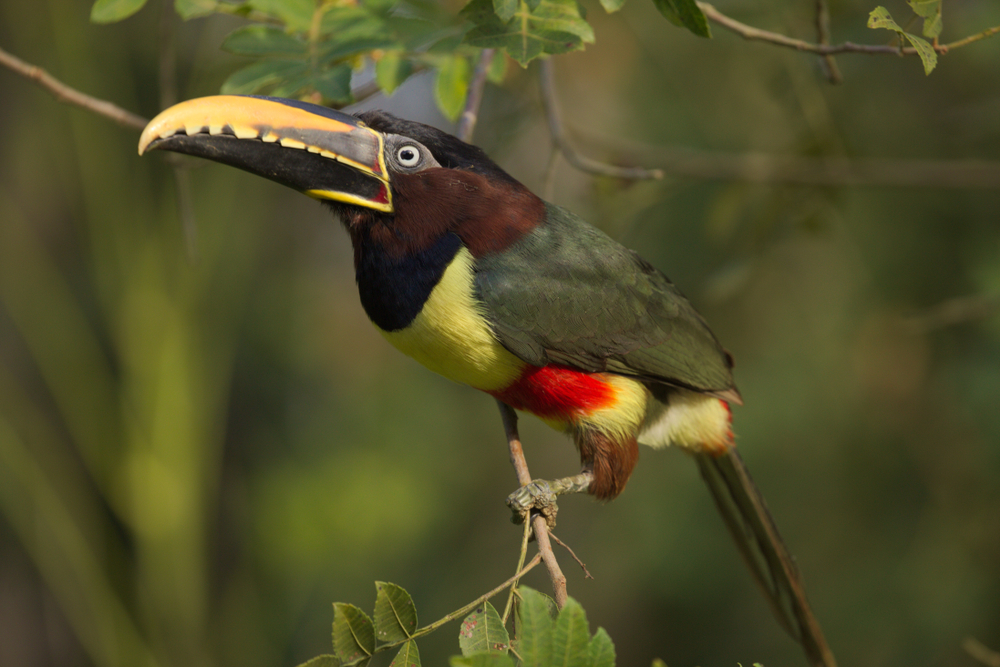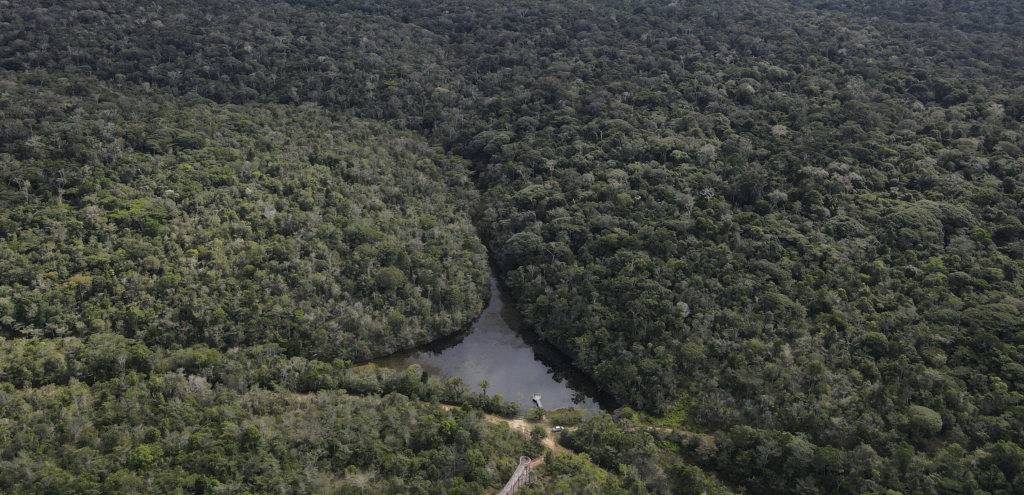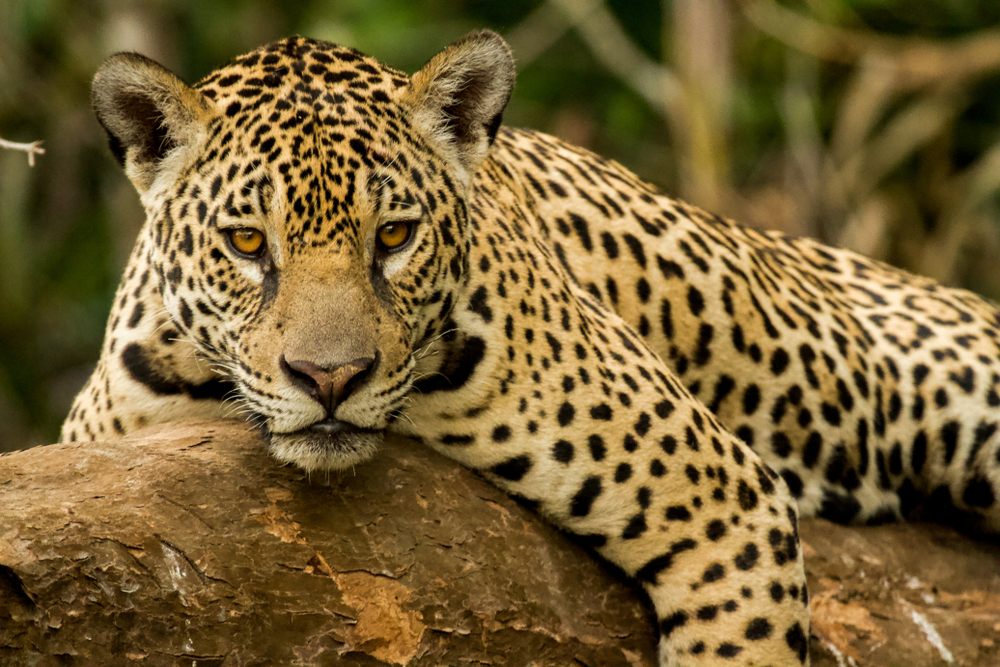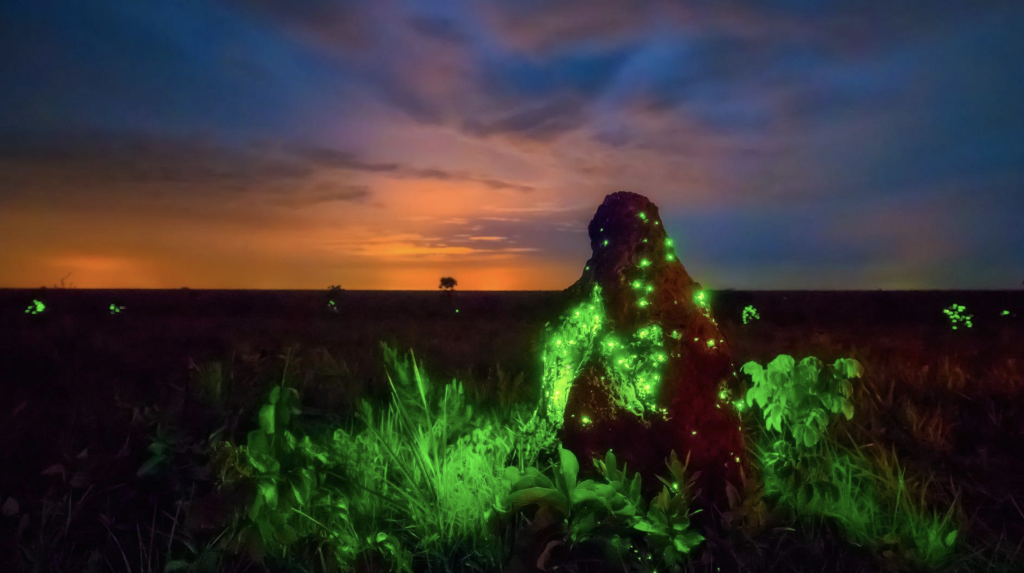Guaricana Overview
Guaricana National Park, or Parque Nacional Guaricana in Portuguese, is a protected area located in the southern region of Brazil, within the state of Paraná.
Encompassing approximately 167 square miles (433 square kilometers), the park was established in 2014 as part of Brazil’s broader conservation efforts in the Atlantic Forest biome, one of the most endangered tropical forests in the world.
It lies near the coastal mountain range known as Serra do Mar, with its borders stretching across the municipalities of Guaratuba, Morretes, and São José dos Pinhais. The park forms part of a larger ecological corridor that connects several conservation units and helps preserve critical remnants of Atlantic rainforest.
The terrain of Guaricana National Park is dominated by steep hills, deep valleys, and highland plateaus that create a visually striking and ecologically rich environment. The lush vegetation primarily consists of dense Atlantic Forest, characterized by an abundance of hardwood trees, epiphytes, ferns, and palms.
Elevation changes bring variations in plant life, from lowland tropical forests to cloud forests and high-altitude grasslands. The park is home to several small rivers and cascading waterfalls, such as Cachoeira do Arado, that add to the region’s visual and ecological diversity. Its proximity to the Serra do Mar mountains also makes it an important source of freshwater for surrounding communities and habitats.
Wildlife is one of Guaricana’s most compelling features. The park supports a wide variety of animal species, many of which are endemic or threatened. Notable mammals include the endangered southern muriqui, Brazil’s largest primate, as well as the margay, ocelot, and tapir.
Birdlife is especially vibrant, with over 300 recorded species, including the rare red-breasted toucan, bare-throated bellbird, and solitary tinamou. These animals thrive within the relatively undisturbed forest, benefiting from the park’s role as a biodiversity refuge amid growing urbanization and agricultural development in the surrounding regions.
Visitors to Guaricana National Park can experience the park’s offerings through a growing number of eco-tourism opportunities, although the park is still relatively undeveloped compared to more famous destinations. Hiking is one of the most popular ways to engage with the park, particularly along trails that lead through forested landscapes to scenic lookouts and hidden waterfalls.
Birdwatching is another common activity, drawing enthusiasts eager to spot some of the rare avian species in their natural habitat. Due to its status as a relatively new and protected area, much of Guaricana remains pristine, offering visitors a sense of immersion in untouched nature.
The park faces several conservation challenges, primarily due to illegal hunting, logging, and land encroachment. However, the creation of Guaricana National Park has been a significant step forward in protecting what remains of the Atlantic Forest in this part of Brazil.
Ongoing efforts by Brazil’s environmental agencies aim to improve infrastructure, expand scientific research, and engage local communities in sustainable tourism and conservation activities. By linking with other nearby protected areas, Guaricana also contributes to a broader ecological network that enhances genetic flow and ecosystem resilience across southeastern Brazil.



















































































